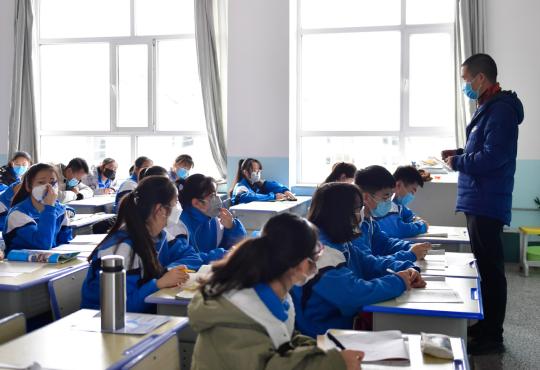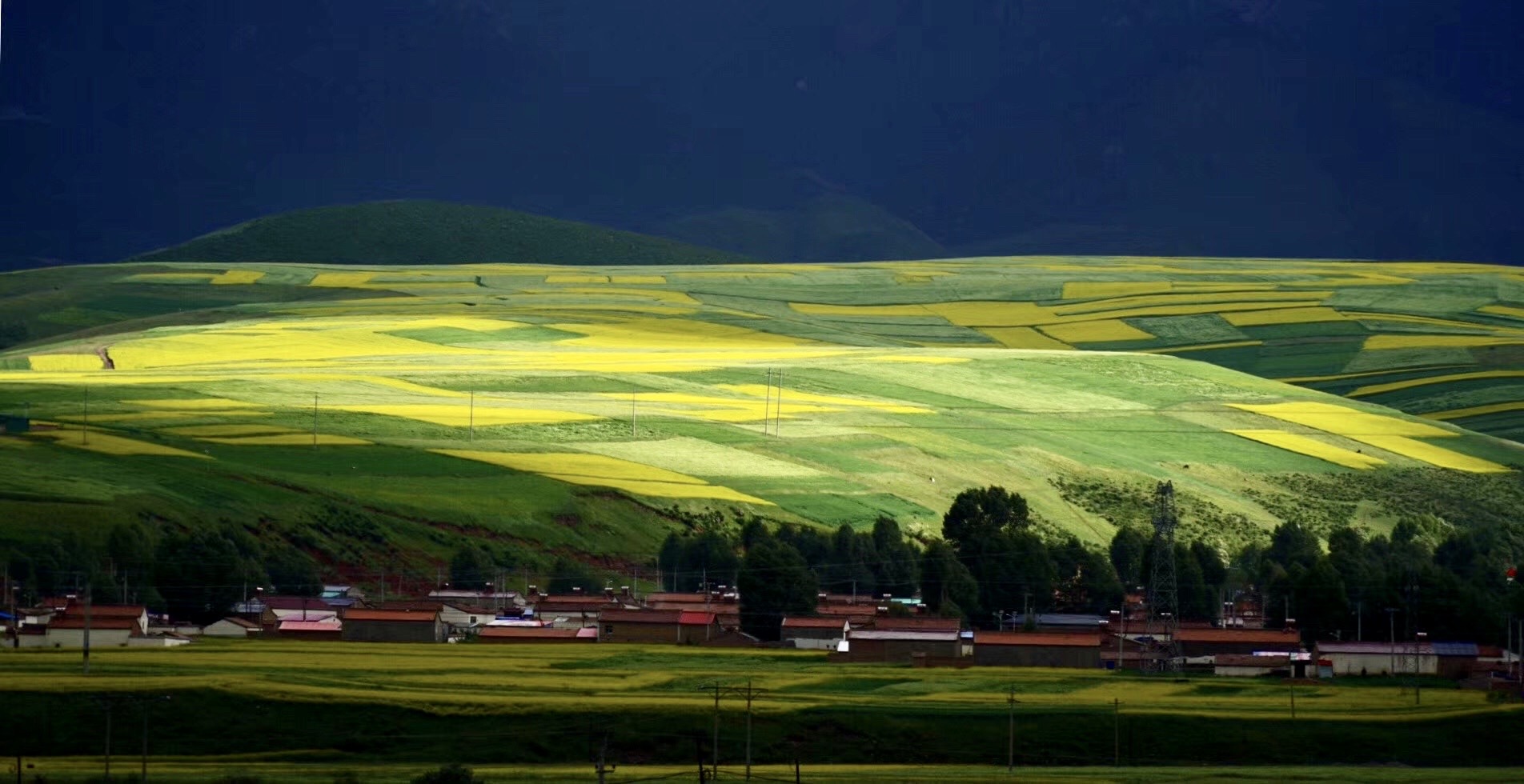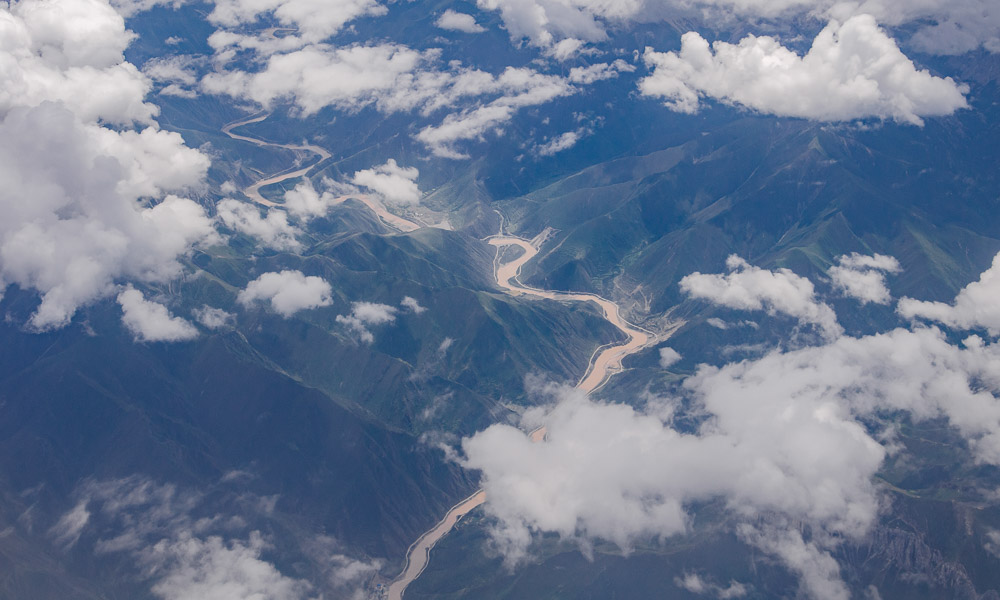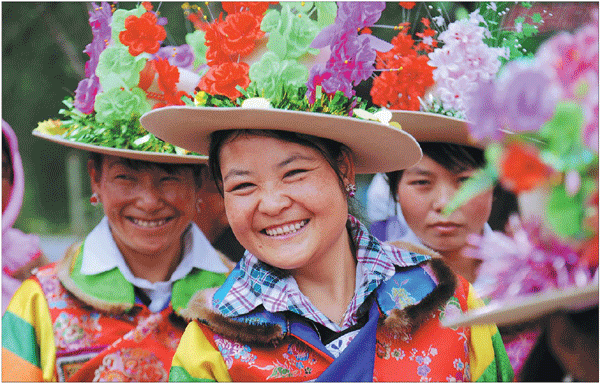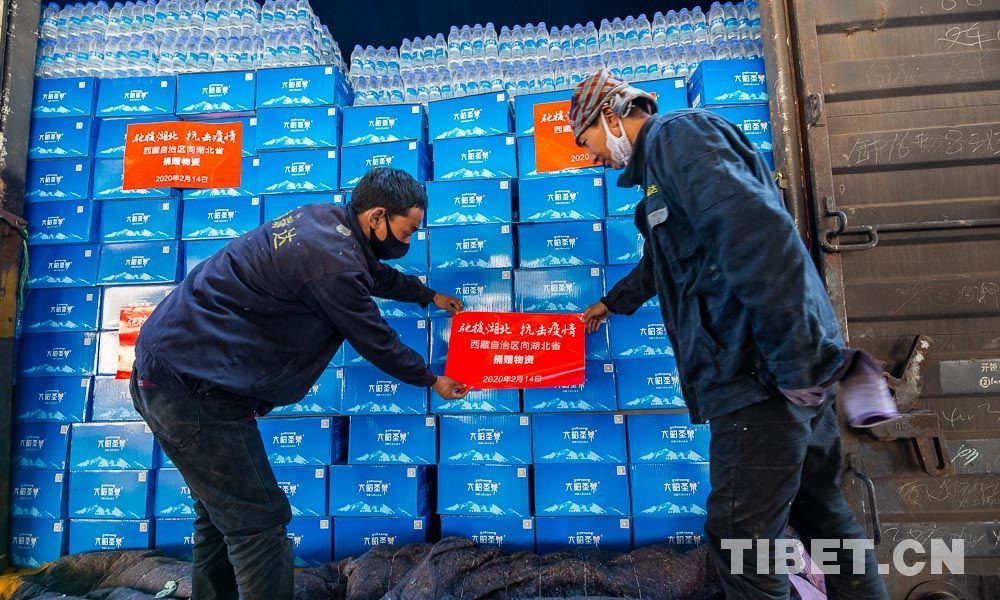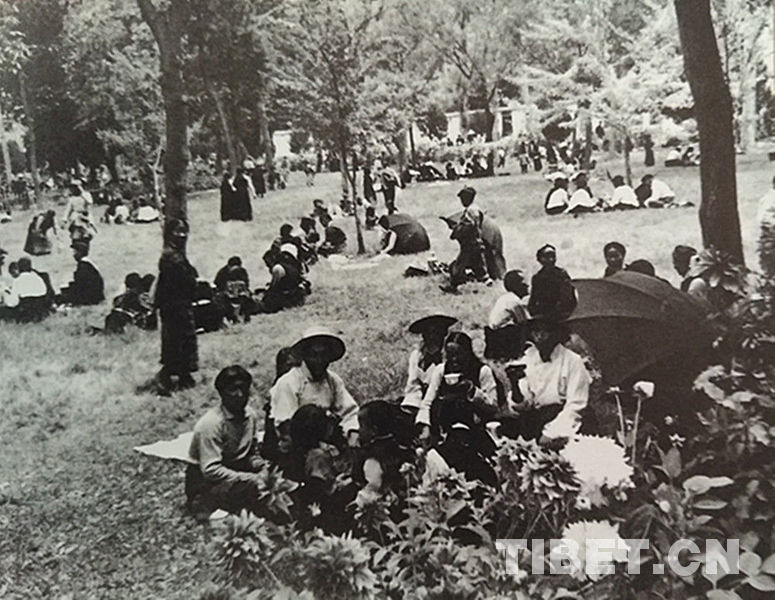Ecological efforts bear fruit on Qinghai-Tibet Plateau
Humming a song while growing seedlings at a breeding base, Zhoima Qoigyi, a local villager, started her daily routine cheerfully.
Every day she irrigates, weeds, fertilizes and prunes the seedlings at the base in Shannan city, southwest China's Tibet Autonomous Region.
"Earning money in my hometown and meanwhile greening the place really gives me a sense of fulfillment in my work," Zhoima Qoigyi said.
Covering more than 600 hectares, the seedling breeding base in Chanang County is jointly invested by the regional forestry and grassland bureau and a tech company focusing on ecological rehabilitation.
Zhao Wei, deputy general manager of the company, said sci-tech support has helped local villagers, once labor-dependent, turn into skillful workers who could participate in the overall project development.
"We have formed an economic development mode that links enterprises, the breeding base and farmers, thus lifting them out of poverty," Zhao said.
Chanang has improved its rural economy and increased the income of farmers by promoting industry-based poverty alleviation via afforestation and ecological restoration programs.
A total of 2,036 rural residents in Chanang have been lifted out of poverty through industrial development, and their per capita income grew by 5,300 yuan (about 759.3 U.S. dollars) a year, according to the county government.
"Without technical requirements, the harvest was bad and the crops were hard to sell in the old days," Zhoima Qoigyi said, nothing that things are much better now. "I receive training and 160 yuan a day working here in the breeding base."
Through the efforts, the local environment has been restored, with local villagers enjoying an improved standard of living.
China has also attached great importance to the reconstruction of the environment in other places in Tibet.
From 2014 to 2017, the country had invested 150 million yuan in Namling ecological forest zone in Xigaze Prefecture, which lies on the shore of the Yarlung Zangbo River, supporting afforestation with over 2,000 hectares of trees planted.
The central government in 2009 approved the "Plan for Ecology Safety Barrier Protection and Construction in Tibet (2008-2030)" with the aim of completing the Tibet ecology safety barrier by 2030 with an investment of 15.5 billion yuan.
By 2019, the region had invested a total of 11.7 billion yuan under the project.
"We have made ecological progress a more prominent priority, constantly strengthened institutional building, and established a system of lifelong accountability for ecological and environmental damage to protect Tibet's environment," said Logyai, head of the regional bureau of ecology and environment.
Since the 1990s, Tibet has promulgated more than 60 local laws and regulations to provide legal guarantees for the protection of plateau ecology, he added.
Data shows that up to now, 45 percent of Tibet has been listed under the strictest protection, and the region has built 47 nature reserves of various levels including 11 national ones, covering a total area of 412,200 sq km.
Located on the Qinghai-Tibet Plateau, Sanjiangyuan, known as the headwaters of the Yangtze, Yellow and Lancang rivers, is home to hundreds of species of wild animals, many of which are under state protection, such as wild yaks, snow leopards, Tibetan antelopes and Tibetan gazelles.
"The plateau is ecologically and environmentally vulnerable," said Yao Tandong, a scientist from the Chinese Academy of Sciences. "Protecting the ecology of the plateau well is a great contribution to the development of the Chinese nation."
